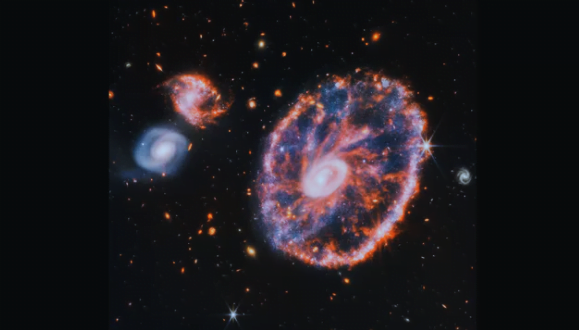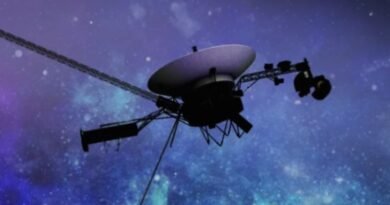Data Science Revolutionizes Cross-Checking Space Discoveries Across Time and Telescopes

Unlocking profound insights about the cosmos is now possible as researchers harness the power of data, enriching our comprehension of the universe. In this era of information, astronomy faces both opportunities and challenges. Telescopes, numbering quite a few, meticulously scan expansive sections of the sky, cataloging and imaging millions, if not billions, of celestial objects. While this wealth of information holds great promise for scientific advancement, it also presents formidable challenges.
The abundance of data poses a hurdle in matching objects across various surveys, prompting a pioneering initiative by a group at Johns Hopkins University. Leveraging the principles of data science, they devised a groundbreaking method for this purpose.
In the realm of space science, accurate matching of astronomical objects is paramount. Different surveys provide diverse information—wavelength data, exposure times, and survey dates—necessitating meticulous coordination. Surveys like the Sloan Digital Sky Survey, Hubble Source Catalog, Fermi Gamma-ray Space Telescope, and the Evolutionary Map of the Universe detect vast numbers of objects across different conditions and wavelengths. Challenges emerge when studying objects present in multiple surveys, complicating the task of identifying and matching them correctly.
Addressing this complexity, researchers Jacob Feitelberg, Amitabh Basu, and Tamás Budavári from Johns Hopkins University intervened. Applying data science techniques, they successfully paired objects from multiple surveys, determining the likelihood that recorded objects are indeed the same celestial entity. Amitabh Basu explains, “For every observation from survey 1 and survey 2, we give this pair a ‘score,’ which measures the likelihood that these observations were of the same celestial object.” This scoring mechanism enables efficient pairing across extensive datasets.
Remarkably, their methodology demonstrated exceptional efficacy, enabling object matching across a staggering 100 different catalogs. These observations, fundamental to constructing theories about the universe, from its smallest particles to its expansive realms, showcase the potential of matching observations across time and telescopes. Through this innovative approach, researchers can extract deeper knowledge from the same data, advancing our understanding of the cosmos.








